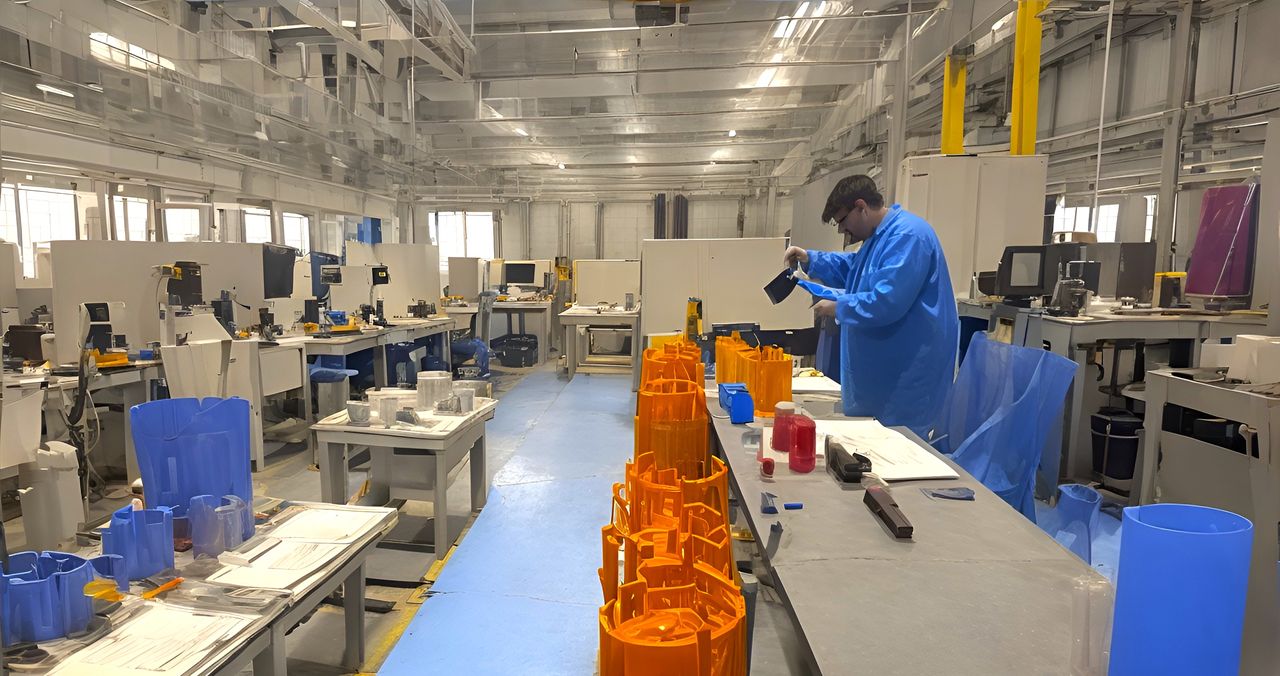
Make your manufacturing tooling faster, simpler and more reliable with additive manufacturing.
While 3D printing for mass production remains relatively rare, the technology has come a long way from just being used for prototyping. One of the most promising use cases for additive manufacturing (AM) in production environments is the creation of 3D-printed manufacturing aids, typically referred to as jigs and fixtures.
Encompassing a broad range of tools, including workholding and locating devices, jigs and fixtures are intended to make manufacturing assembly and processes simpler and more reliable. While these are often made from metal, either in-house or by a contract manufacturer, there are many cases where 3D-printed jigs and fixtures are just as effective.
So, if you’re ready to try 3D printing your next jig or fixture, here are seven tips to help with your design.
1) Increase Geometric Complexity (For Free)
One of the biggest advantages 3D printing has over conventional machining processes such as milling or turning is that it allows for greater geometric complexity at no additional cost. Internal features that would be difficult or impossible to machine are no problem for an additive process that builds tooling one layer at a time. That being said, there are still some constraints that need to be accounted for, e.g., overhangs and other features that may require support structures during printing.
2) Reduce the Number of Parts
Another often touted benefit of 3D printing that goes hand-in-hand with the ability to increase geometric complexity is part consolidation. Since additive manufacturing lends itself naturally to making more complicated shapes, designers can amalgamate parts that would normally be machined separately and then assembled together into one single piece. Being able to produce one-piece jigs means tools with more rigidity, better durability and less room for error.
3) Build in Datum Features
Adding serial numbers, dates, etc. to each machined jig or fixture adds time and cost to tool manufacturing. However, since 3D printing enables jigs and fixtures to be produced at lower cost, each one can be imprinted or embossed with these sorts of datum features as part of the 3D printing process. This adds further traceability in the assembly process in addition to providing information that can help evaluate tooling performance over time.
4) Minimize Material Consumption
There are many ways to reduce material consumption with 3D printing while maintaining the same mechanical properties. This often involves the complexity of the design but, since this can be done at no additional cost (see point 1), doing so can be well worth the time. In the context of tooling, one example of a strategy for minimizing material consumption is to use reinforcing ribs—rather than extra material—to increase rigidity.
5) Use Threaded Inserts for Durability
If you’re designing a 3D-printed fixture, it’s generally recommended to avoid adding tapped holes for joining parts to it. This is because tapped holes make 3D-printed plastic parts more prone to cracking when used repeatedly. Adding threaded inserts or pockets to restrain the nuts while the bolts are tightened should extend the life of your fixture considerably.
Read the rest of this post at ENGINEERING.com
